College of Human Sciences
Inspired by the universe, young Unisa student takes top honours in national art competition
Unisa Bachelor of Arts Honours student Sancia van Niekerk won first prize in the University of the Western Cape’s (UWC’s) prestigious "The Beauty of Astronomy" competition, which celebrated the breathtaking intersection of art and astronomy. Van Niekerk says that her incredible artworks were inspired by the wonders of the universe and the formation of the earth.
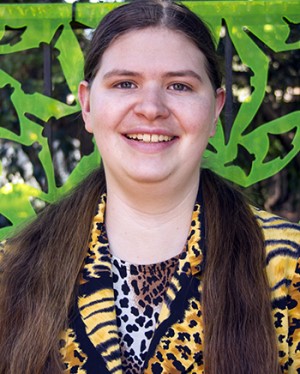
Sancia van Niekerk
Her winning artworks were displayed at the International Astronomical Union General Assembly and during the National Science Week at UWC from 3 to 10 August 2024.
The competition was launched under the auspices of the #AfricaLookUp campaign, the International Astronomical Union General Assembly 2024, and the African Astronomical Society Outreach and Education Committee, in partnership with UWC, the South African Radio Astronomy Observatory, Iziko Museums of South Africa, North West University and the Inter-University Institute for Data-Intensive Astronomy.
Expressing her elation, Van Niekerk says she was surprised when she found out that she’ll be taking home first prize, adding, "honestly, my primary goal was to get exposure. I did not imagine that I would win, but it is a good feeling to know that they saw something special, and that I received praise for it."
Describing what gravitated her towards this competition, Van Niekerk, who started creating art at a young age, says the combination of science and art was intriguing enough to captivate her. She elaborates: "I have always strived to have a bit of science in my art. I have always been interested in astronomy, and it just felt right to participate."
Van Niekerk, who has dyslexia, reveals that she has been interested in astronomy ever since she saw Saturn’s rings through a telescope. "The colours of its rings," she explains, "are so beautiful and I just wanted to capture that beauty somehow. Unfortunately, my mathematics marks were never good enough for me to go into astronomy, but I enjoyed creating art instead." Additionally, she maintained her interest in the cosmos through playing astronomy-based online games.
The eureka moment
Van Niekerk states that she found her eureka moment in her first year studying through Unisa. At the time she was researching landscapes, and her interpretation of landscapes was the universe. She adds: "The stars, the objects we see at night when we look up at the vastness of space – I wanted to capture it somehow. At some point, someone taught me the spray paint technique usually used in graffiti art, and I had an 'aha' moment when realising I could spray-paint those planets. Eureka!"
Regarding some of the challenges she faced, Van Niekerk is juggling art, work and her studies, she explains: "My main challenge was time. I found out about this art competition in May and between May and June, a lot of things have happened. With work, studies and other exhibitions, I could only do some research at work at lunchtime. Time management is not my greatest strength, but it all worked out in the end."
Stages of earth’s creation
Describing the research that led to her incredible first-prize paintings, Van Niekerk outlined that the most exciting discovery while doing research was finding out that the gases floating around in the atmosphere have unique colours when sunlight passes through them. She adds: "I did not know that helium was pink, and sulphur was orange. So, knowing what the gases looked like in the stages of earth's creation, and seeing all the different interpretations online, I wanted to somehow capture it in my vision."
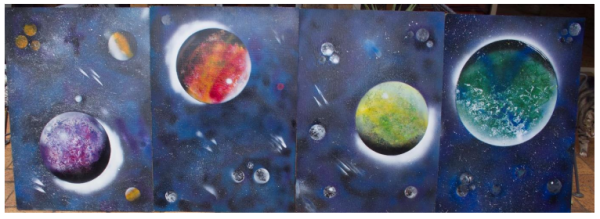
Sancia Van Niekerk’s first prize paintings, from left, painting 1: The first stage where Hydrogen (H2) and Helium (He) which made the planet a purple and pink colour. Painting 2: The time of volcanoes released gases H2O (water), carbon dioxide (CO2), and ammonia (NH3). Making the colour yellow and red. Painting 3: Then land and plants are formed which brought in a form of lime green with light grey but there is not yet life on earth. Carbon dioxide (CO2) dissolved in seawater. Simple bacteria thrived on sunlight and CO2. Painting 4: Finally, the modern world. Plants and animals thrive in balance. CO2 and O2, this shows a lot of dark blues, strong dark greens and whites for clouds that fill the sky.
Advising prospective art students, she proffers: "If you want to pursue a career in visual arts, go for it, disregard any doubts, and ignore negative comments. I have had people tell me that I will never be a success in art. While hard work is essential in any field, the rewards thereof are immensely fulfilling. Like all studies you must put in the work but at some point, there's a reward and it is an amazing feeling. Believe in yourself and that you can do it."
Concluding her message, Van Niekerk states that Unisa was the institution that accepted her with open arms. She affirms that the university has enabled her to study at her own pace, doing so online, adding, "I can take my time and if I need help, I reach out and help will be there. I can just do my own thing without worrying about being on time for classes, studying from home. Unisa is great."
"This competition was about more than just showcasing artistic talent," writes the African Astronomical Society. "It’s about rewriting the narrative about Africa. By sharing stories, experiences, and encounters with astronomy through art, the competitors helped dismantle misconceptions and revealed the true essence of Africa – a continent brimming with cultural richness, diversity, and boundless potential."
*By Godfrey Madibane, Acting Journalist, Department of Institutional Advancement
Publish date: 2024/08/16
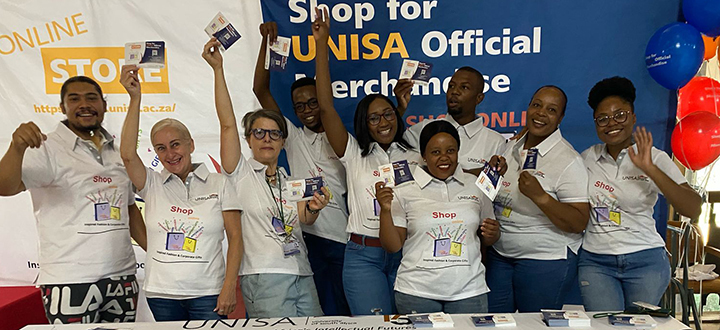
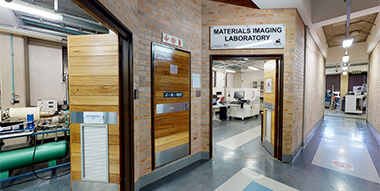 Unisa co-hosts G20 community outreach in the Eastern Cape
Unisa co-hosts G20 community outreach in the Eastern Cape
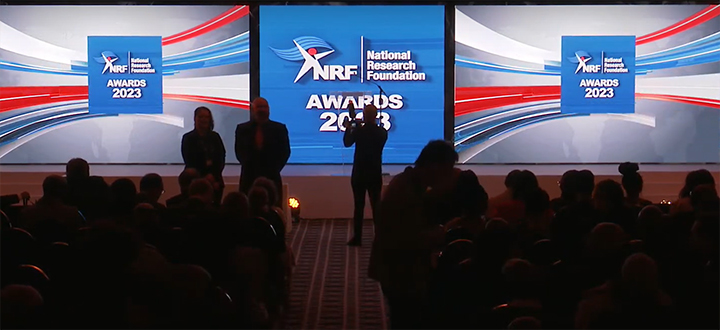 Unisans gain membership of prestigious science academies
Unisans gain membership of prestigious science academies
 Advocating for disability transformation through servant leadership
Advocating for disability transformation through servant leadership
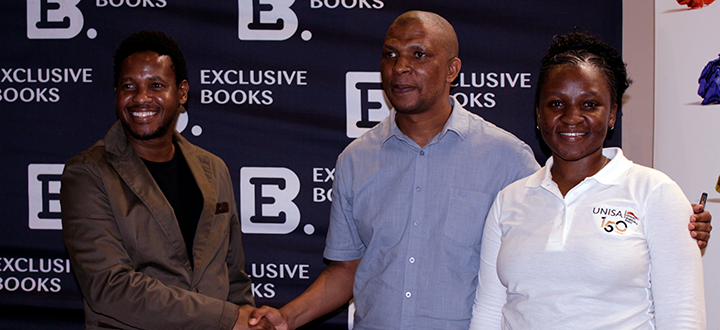 Unisa Press continues to illuminate the publishing space
Unisa Press continues to illuminate the publishing space